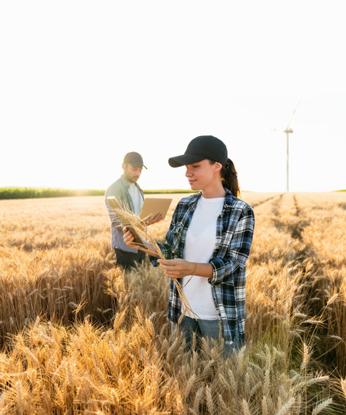Velkommen til EU-FarmBook
EU-FarmBook udvikler en interaktiv open source-database, der dækker hele EU. Det er stedet, hvor landmænd, skovbrugere og rådgivere bliver inspireret til at innovere. Materialer, der er nyttige for praksis, såsom videoer, brugervejledninger, infografik og meget mere, samles.

